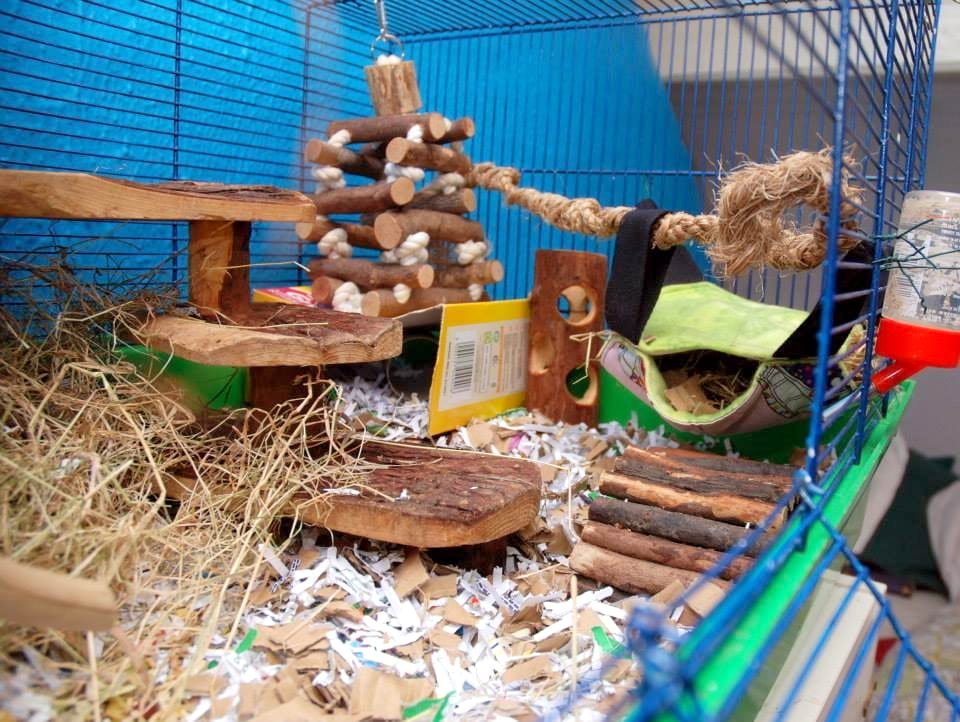Bedding for pet mice is an essential part of their home environment. It is crucial to choose safe, comfortable bedding that allows rodents to exhibit their natural behaviors.
This article was contributed by guest author Beri Instone, an expert in caring for rodents.
Types of Bedding That Pet Mice Need
There are three main types of bedding that pet mice require:
- Substrate
- Litter
- Nesting material
Let’s explore each type in detail.
Substrate
Substrate is the primary bedding that lines the cage floor and absorbs urine. It serves the dual purpose of protecting the animals and the cage. Substrate also allows rodents to dig, build tunnels, and nest, fulfilling their natural behaviors.
When choosing substrate, consider absorbency and drainage. Absorbent bedding soaks up urine and minimizes odors, while good drainage beddings prevent pooling of urine but may not absorb it. For mice, a deep cage with a thick layer of substrate is essential due to their digging and nesting habits.
Litter
Unscented paper cat litter placed in the cage corners helps absorb urine and feces. While rats can be litter trained, mice are harder to train but can be encouraged to use a specific area for toileting. Paper cat litter is preferred for rodents to avoid ingestion of unsafe materials.
Nesting
Nesting material is crucial for rodents to build nests and line their sleeping areas. Mice enjoy using paper or natural bedding like hay or straw to create intricate nests. Offering a variety of bedding types with different textures enhances their nesting experience.
Substrate Bedding Options for Mice
Choosing the right substrate for mice can be challenging due to various options available. Let’s explore some popular choices:
Cardboard Bedding
Shredded cardboard bedding allows rodents to dig and manipulate the material. It is essential to select high-quality cardboard bedding to ensure proper absorbency and durability.
Paper Bedding
Soft paper bedding provides a comfortable and absorbent option for rodents. Ensure to choose unscented paper bedding to prevent respiratory issues in mice.
Hemp Bedding
Hemp bedding is a natural alternative to wood shavings and offers good absorbency. Look for unscented hemp bedding to ensure the safety of your rodents.
Coconut Husk Bedding (Coir)
Coconut husk bedding, originally designed for reptiles, can be used as a natural alternative for small animals. Mix coconut husk with other substrates for variety and improved absorbency.
Wood Shavings
Choose heat-treated and dust-extracted wood shavings for safe bedding options for rodents. Avoid cheap softwoods and sawdust, opting for larger flakes for better absorbency.
Fleece and Newspaper
While fleece and newspaper can be used to cover flat cage bases, loose substrates are essential for digging and nesting behaviors. Use fleece or newspaper in conjunction with absorbent bedding for optimal comfort and hygiene.
So, What’s the Best Bedding for Mice?
Choose bedding options that offer loose substrate for digging, are absorbent, low in dust, and free of artificial scents. Mixing different bedding types can provide the best results for your mice’s comfort and enrichment.

